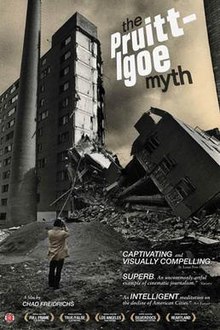TALK
Mark Gorton, Street Films, 22 April 2014
We know that for much of the history of urban planning and architecture the people who build our cities, who build public spaces, who create buildings and city systems, often they will tell us they are building for our happiness, it’s the end goal of everything all of us do anyway, except they rarely provide evidence to demonstrate that they are making us happier with their creations. So I found this very curious, and looking at the last couple of decades of terrific work being done in neuroscience, behavioural economics and psychology, we’re actually starting to gain some evidence that tells us a little bit of the effect of the urban system on our our own well being, on how we feel and how we treat other people.
For see Charles Montgomery’s book Happy City: Transforming Our Lives Through Urban Design on Good Reads click here.






